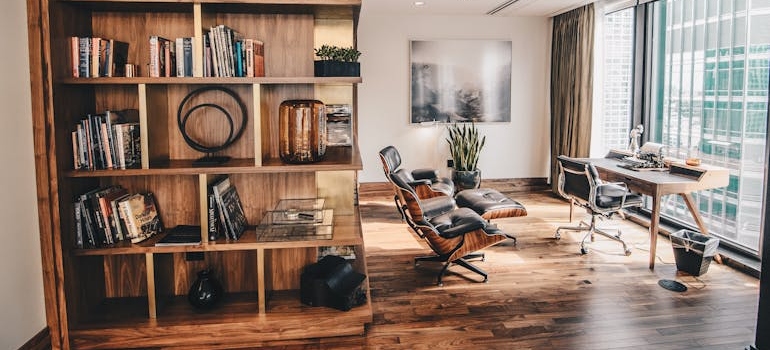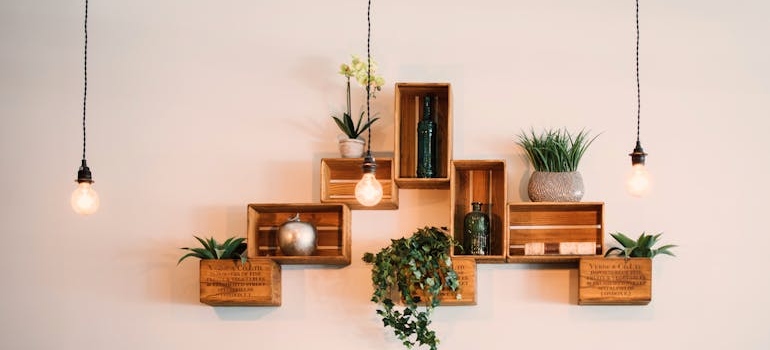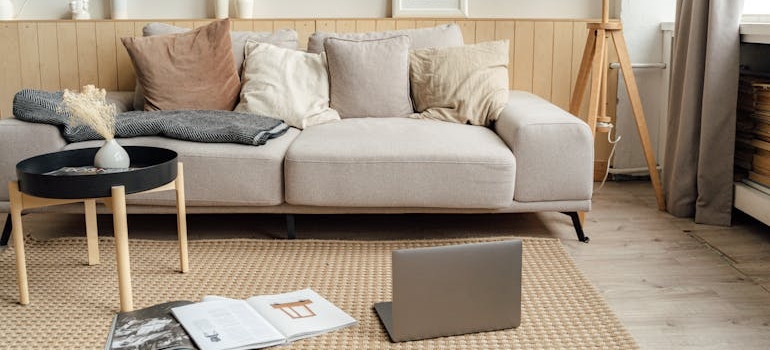Effective Solutions for Last-Minute Changes to Space Utilization
Get a QuoteSpace utilization can be a bit of a puzzle, especially when you’re dealing with last-minute changes to space utilization. Whether you’re organizing an office, setting up for an event, or handling unexpected renovations, figuring out how to make the most of your available space can be a real challenge. At Interstate Moving & Relocation, we understand how stressful these changes can be, that’s why we are sharing several strategies and solutions that can help you adapt quickly and efficiently without too much hassle.
Assess the Situation
The first thing to do when you’re confronted with a sudden need to rethink your space is to take a step back and assess the situation. What are your immediate needs? Are you trying to fit more people into a room, clear space for a specific activity, or make room for new equipment or furniture? Take stock of what you have, what needs to be adjusted, and the timeframe in which you need to get everything done.
Once you have a clear understanding of the changes you need to make, it’s much easier to brainstorm solutions that fit your current circumstances. This step is all about understanding the scope of the problem so you can find the best way to tackle it.

Declutter and Prioritize
One of the simplest and most effective ways to make better use of your space is by decluttering. Whether you’re working with a home office, an event space, or a commercial property, getting rid of unnecessary items can free up a surprising amount of room. Often, we don’t realize how much space is taken up by things we no longer need or use.
Start by sorting items into categories—what you absolutely need, what can be stored elsewhere, and what can be thrown away or donated. Decluttering not only helps you free up space, but it also makes the area more organized and functional.
Once you’ve decluttered, you can prioritize the remaining items. Focus on keeping the things that are most useful or necessary within easy reach. Less frequently used items can be stored in a way that doesn’t take up valuable real estate in the immediate area. This strategy will help you make the most of the space you have available without feeling overcrowded or disorganized.
Use Flexible Furniture
If your space requires a lot of versatility, consider using flexible furniture that can easily be rearranged or repurposed. Pieces like foldable chairs, nesting tables, or modular sofas can be moved or reconfigured as needed, allowing you to adapt the space for different purposes. This is particularly useful if you need to accommodate different numbers of people or if the function of the room changes frequently.
For instance, in an office setting, rolling desks or partitions can create a more dynamic work environment. You can rearrange them to suit the needs of different projects or team sizes. In a home or event space, you can easily bring out or tuck away folding chairs and tables depending on the occasion.

Make Use of Vertical Space
When floor space is at a premium, it’s time to start thinking vertically. Utilizing walls and vertical storage solutions can make a significant difference, especially in smaller spaces. Shelves, wall-mounted cabinets, and hanging storage can all help free up floor space while keeping essential items accessible.
For example, in an office, wall-mounted organizers or shelves can hold files, office supplies, or equipment that would otherwise clutter desks or cabinets. In a living space, floating shelves or tall bookcases can create additional storage while adding style and personality to the room.
Vertical storage solutions maximize the use of space and create a more open and organized environment. It’s a great way to make the most of what you have without overcrowding the room.
Reconfigure the Layout
Sometimes, the solution to last-minute space changes is as simple as rearranging the layout. Take a fresh look at your furniture, equipment, or decor and find a better way to arrange and position things. Often, shifting a few items can create a surprising amount of extra space.
For instance, in an office, moving desks into a more collaborative layout might free up space for meetings or equipment. In a home, repositioning furniture against walls or in a more streamlined arrangement can open up the room and make it feel larger.
Don’t be afraid to experiment with different layouts until you find one that works best for your current needs. Sometimes, just rotating furniture or shifting it a few feet can make all the difference in how a space feels and functions.
Temporary Solutions for Last-Minute Changes to Space Utilization
If your space changes are only temporary—such as during an event or short-term renovation—there are plenty of temporary solutions you can explore. Renting furniture or equipment can be a practical option if you don’t want to invest in permanent changes. Many companies offer short-term rentals for everything from chairs and tables to audiovisual equipment or storage solutions.
Similarly, temporary dividers or portable partitions can help create more defined spaces for different activities without the need for permanent walls. These can be especially helpful in open-plan offices, event venues, or large homes where you need to temporarily segment areas for specific uses.
Thinking creatively and considering temporary solutions allows you to avoid making costly or permanent changes to your space when they aren’t necessary.

Digital Solutions Can Help you Create More Space
Embracing digital solutions can help free up physical space, especially in offices or businesses. For instance, transitioning from paper files to digital storage can eliminate the need for bulky filing cabinets. Cloud-based storage and collaboration tools can reduce the need for physical meeting spaces, allowing employees to work from anywhere.
Even in a home environment, going digital can free up space. Consider using smart home devices that consolidate multiple functions, such as a smart speaker that acts as an alarm, timer, and entertainment hub. Reducing the number of physical items you need allows you to create a more streamlined and spacious environment.
Plan for Future Flexibility
Once you’ve made the necessary adjustments, it’s a good idea to plan for future flexibility. This means thinking ahead about how you can make your space more adaptable for whatever might come next. Keep your space open and versatile, so that last-minute changes won’t catch you off guard in the future.
Keep decluttered areas tidy and invest in furniture or equipment that you can easily adjust, move, or store. Staying organized and maintaining flexible options will make it much easier to adapt to any unexpected changes that may arise.
Handling last-minute changes to space utilization doesn’t have to be overwhelming. With a bit of creativity and planning, you can quickly and efficiently make the most of your available space. Whether it’s decluttering, rearranging, or investing in flexible furniture, there are plenty of solutions to help you adapt your space to fit your current needs. By staying open to new ideas and keeping your space flexible, you’ll be able to handle last-minute changes with ease and keep your environment functional and comfortable.
